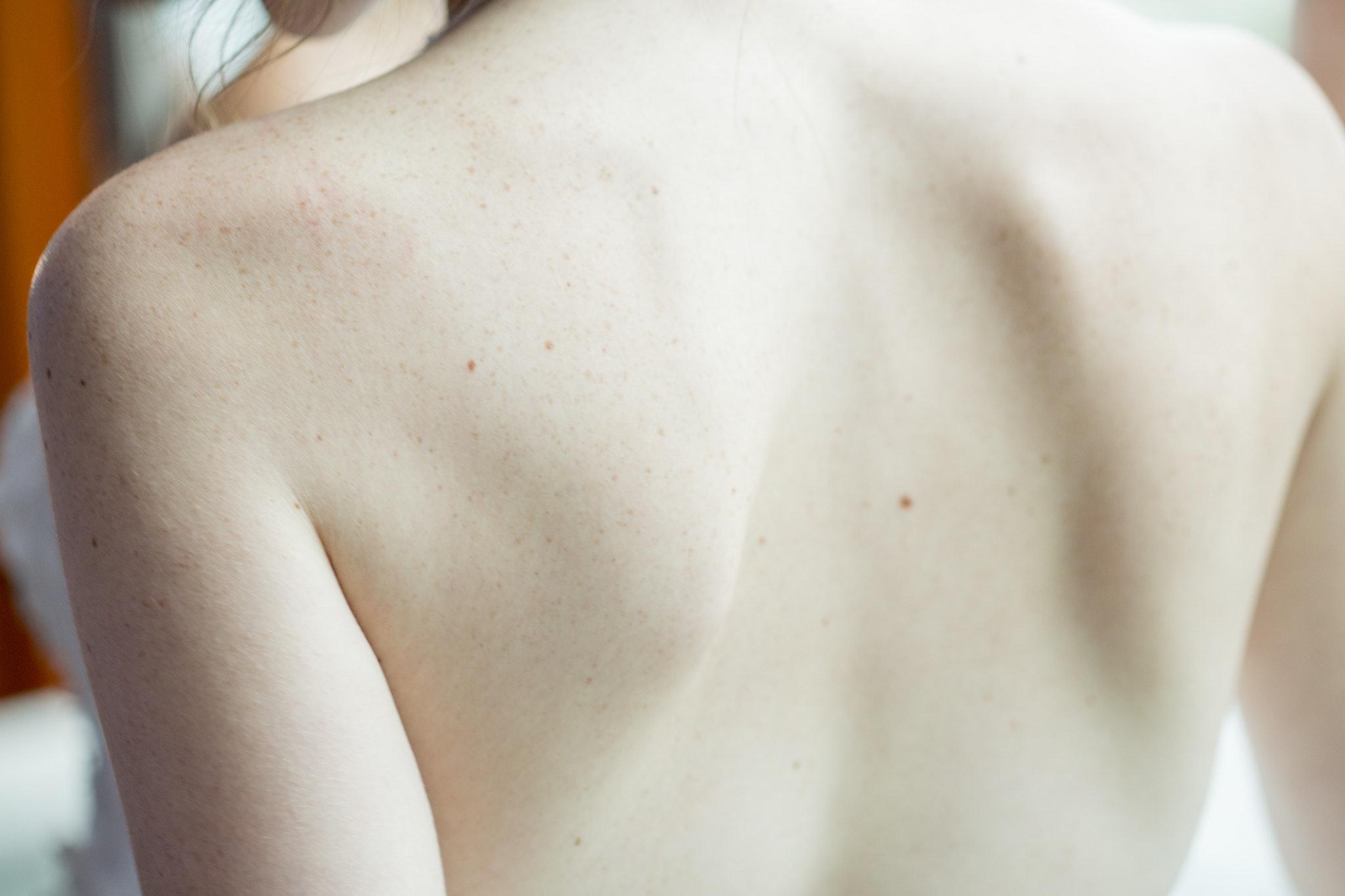Skin cancer checks
With the explosion of smartphone usage, more and more people are using them to help manage every part of their daily lives. While there are many tasks that are well-suited for this do-it-yourself approach, monitoring crucial health care issues like skin cancer simply isn’t one of them.
Below we’ve answered a few frequently asked questions to highlight the importance of getting regular skin cancer checks by specialists rather than relying on phone apps or Google to do it for you.
Why do I need a skin cancer check?
Before we get into the details of specialist checks, it’s important to go back to the start and explain the need for skin cancer checks in Brisbane.
While Australians at large been educated on the skin cancer topic for decades, through everything from ongoing TV campaigns to sun smart initiatives in schools, it’s not until you see the plain stats on paper that you can fully appreciate the risk. Despite our long history of skin cancer awareness, the issue certainly hasn’t gone away.
Consider some of the following statistics listed on the SunSmart.com.au website:
- More than two in three Australians will be diagnosed with skin cancer in their lifetime.
- About 2,000 Australians die from skin cancer each year.
- Australia has one of the highest rates of skin cancer in the world.
- Medicare records show there were over a million treatments for skin cancers in 2018 – that’s more than 100 skin cancer treatments every hour.
- The cost to the health system of these skin cancers is estimated to be more than $700 million annually, with costs predicted to continue to increase in the future.
What does a specialist skin cancer check look for?
Skin cancers don't all look the same, so the main objective of a check is to identify spots, marks or sores that may be a skin cancer of some form (often termed “cancerous” or “malignant”).
Some of the typical signs we look out for during these checks include spots that look and feel different from other spots on your skin; spots that have changed size, shape, colour or texture; and spots or sores that haven’t healed within a few weeks.
A few of the most common forms of malignant skin spots include:
- Actinic Keratosis – Rough, scaly patches on the skin that can develop from years of sun exposure, hence they’re often referred to as Solar Keratosis. If left untreated, these patches can progress and turn into Squamous Cell Carcinomas.
- Squamous Cell Carcinoma – These often present as scaly red patches, open sores, rough or wart-like skin, or raised growths with a central depression, and are the result of accelerated growth in squamous cells on the skin.
- Basal Cell Carcinoma – The most common form of skin cancer. These often present as red patches, pink growths, shiny bumps, or growths with elevated edges and a central indentation, and may ooze, itch, crust or bleed. They are the result of abnormal growth in basal cells on the skin.
- Melanoma – Considered the most dangerous form of skin cancer because of the wide variety of symptoms and the tendency for it to spread rapidly to other parts of the body. Melanomas come in many different shapes, sizes and colors and are the result of uncontrolled cellular growth in skin cells called melanocytes.
How often should I get a skin cancer check?
While everyone is at some risk of developing skin cancer, there are some factors that can make individuals more susceptible. For example, the risk of getting skin cancer increases as you get older and if you spend a lot of time outdoors without sun protection.
Your risk of skin cancer also increases if you have:
- A history of skin cancer in your family.
- Fair skin and/or many moles on your skin.
- A history of suffering severe sunburn or regular use of solariums/sun lamps.
- Have a compromised immune system or are taking immunosuppression medication.
The frequency of your skin cancer checks will be determined by these factors and your overall risk profile. Most people will benefit from doing a skin cancer check every 12 months, however in some cases it may be recommended to have one performed every 6 months or less.
Where can I get a skin cancer check in XXXXXX?
With the growing rate of skin cancer in Australian communities, the challenge of identifying suspicious spots, and the additional risk factors, skin cancer is clearly something that should be left to skin specialists.
A skin cancer check at our XXXXXX skin cancer clinic is a simple, fast, non-invasive process that is typically completed within 15 minutes by one of our skin doctors. Plus, our clinic is conveniently located close to the CBD in XXXXXX, and can offer examination, diagnosis, and treatment of skin cancer all in one location.
To get the most out of your skin cancer check at our clinic, we ask you to:
- Avoid wearing heavy make-up or other cosmetics that can interfere with the examination of skin around the face.
- Clean off any grease or dirt prior to your appointment as it can interfere with the identification of spots.
- Arrive early to complete the paperwork and make sure you bring the relevant cards, e.g. ID, Medicare, concession.
For more information about skin cancer checks in XXXXXX or to make a booking, contact XXXXXX on 1300 XXX XXX.

Post a comment